Anti-wrinkle Injections (Botox)
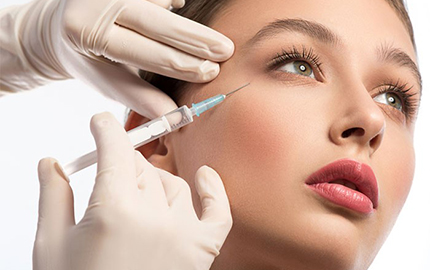
What is Botox?
Botox is a compound made by bacteria, which is a botulism toxin. Though the concept sounds scary, when used in very controlled doses, the practice is safe. The compound is injected into a specific area, and once inside, it binds itself to receptors in your muscle, affecting the nerves within. So as a result, when your nerve releases a chemical to make that particular muscle fire or trigger, it can't. The function decreases, and the wrinkle that forms when the muscle contracts will diminish, or go away completely. It's not a static thing, though. Your body regenerates those receptors over time.
Is it the same as Dermal Filler?
Not at all. While Botox impacts the muscle, filler does exactly as its name suggests: it's used to fill wrinkles or even out any mismatches in volume on the face. Products like Juvederm or Restalyne can be used to fill lips, and fill in certain creases around the face. If a particular line or wrinkle is too deep to be treated with Botox, filler can temporarily diminish its appearance, and results last nine months on average.
What areas can be treated?
- Crow's feet
- Glabella (creases between the eyebrows)
- Forehead.
- Eyebrow Lift
- Jowls & Jawline Lift
- Gummy Smile Correction
- Lip Flip (improve lip volume)
- Downturned Mouth Improvement
- Masseter Jaw Muscle Relaxation (Jawline Slimming)
- Neck (Vertical Bands)
- Hyperhydrosis (excessive sweating - armpits, souls of feet and palms of hands)
How does Botox treatment work?
Botulinum Toxin (Botox ®) when injected into a muscle temporarily relaxes the muscle by blocking nerve impulses. As the nerve impulses are blocked the muscle is temporarily unable to contract so that dynamic wrinkles are not formed. This gives the overlying facial skin a softer, smoother and more youthful appearance.
Is Botox treatment safe?
Botulinum Toxin as a muscle relaxant has an excellent safety record and a long record of use in medicine. It has been used successfully in adults and children in variety medical conditions over the last 20 years. It has been used cosmetically to treat facial wrinkles for about 15 years and has become one of the most popular and frequently used cosmetic treatments.
Who can have Botox?
Botox Treatment can be used for treating wrinkles in men and women; however, men often need slightly higher doses than women.
It should not be used in:
- People with infection at the proposed injection site.
- People who have previously had an allergic reaction to Botulinum toxin type A injections.
- People with muscle problems or chronic diseases affecting the muscles, such as Myasthenia Gravis, Eaton Lambert syndrome.
- Children under the age of 18 years.
- Women who are pregnant or breast feeding.
It should be used cautiously in:
(please let the doctor know if the following applies to you)
- People at risk of bleeding as there is an increased risk of bruising post procedure. These include people who have blood clotting disorders such as Haemophilia, those who are taking treatments with anticoagulant medicines such as Warfarin, Heparin, Aspirin and Anti-Inflammatory medicines. Certain herbal remedies such as Gingiko Bilboa, St John’s Wort and Vitamin E
- People with excessive weakness or wasting in the muscle to be injected, such as those patients with history of Strokes or Bell’s Palsy
- People with Chronic Breathing difficulties
Does the injection hurt?
Botox injections are relatively painless as the injections are performed using a very fine needle. Patients therefore and do not require any anaesthesia. The full treatment takes about 15-20 minutes to perform and you are able to drive and go to work the same day.
How long do the effects last?
It can take about 2-14 days to see the full effects after the initial treatment. The cosmetic effects can last up to six months but typically range from three to four months. Eventually most people require re treatment as the wrinkles reappear.
However, in some treated areas (such as frown wrinkles), the wrinkles may return less severe after repeated treatments as the unconscious muscle contraction habit is broken. We offer all our patients a free two week follow up appointment to assess the effect of treatment and administer any top up treatments if necessary.
Are there any side effects?
Most people find that the injections cause only mild local pain and tenderness. Immediately after the injection there may be mild swelling at the injection site which usually subsides within 48 hours. Slight bruising is also possible. Side effects of these treatments are extremely rare. Occasionally, the treatment may relax nearby muscle groups causing temporary drooping of the eyebrow or eyelids. This may last for a few weeks but will resolve with time. As with any medicine an allergic reaction may occur, this is however quite rare. Conversely there may be some unintended benefits in some people such as easing of tension type headaches as the muscles in the forehead relax.
Botox has been used for over 20 years and does not appear to cause any negative long-term effects. Once administered, Botox typically leaves the body within 3-4 days, although, as with any medical procedure, it is important to seek advice from a qualified professional beforehand.
How often can I have treatments?
When the effect of the Botox injection wears off the wrinkles will always return to their pre-treatment state. Treatments can be repeated at a minimum of three-monthly intervals, but the effects may last longer for some individuals, especially if they have had previous treatments to the same area.
Will I still have expression in my face
Botox treatments are designed to smooth dynamic wrinkles in the forehead and around eyes, they do not affect your facial expression. The final result can be tailored to each patient and can be discussed at the initial free consultation.
What after care advice should I follow?
- Try to contract the treated muscle areas for up to four hours after treatment, by frowning and lifting eyebrows to allow the toxin to reach all of the treated muscle.
- Avoid rubbing or touching the injected areas and avoid having facials and massage for 48 hours this is to ensure that the treatment remains at the site of injection.
- Avoid vigorous exercise and alcohol-based products on the area treated for 48 hours.
- If bruising develops the you can apply Arnica cream
- Paracetamol can be taken for mild pain post procedure

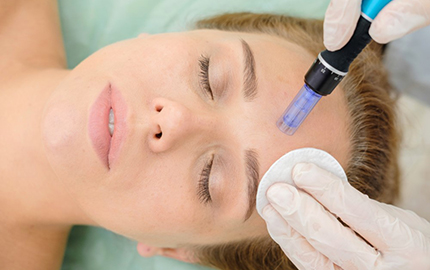
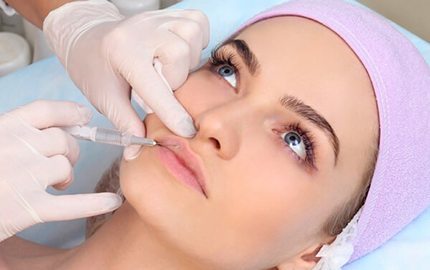

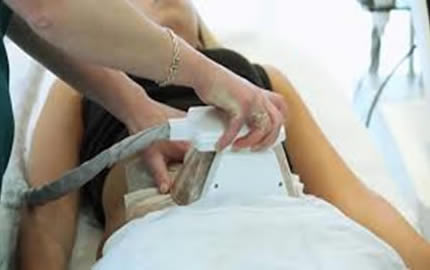
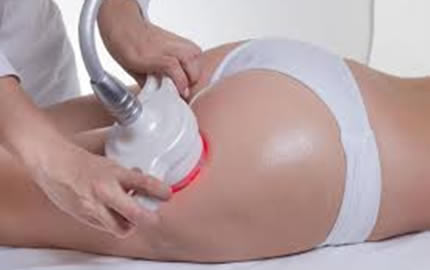

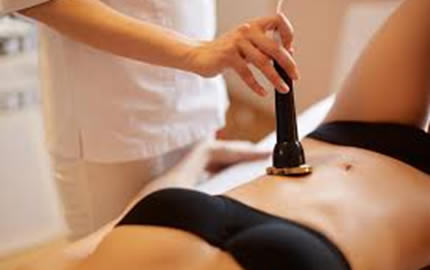
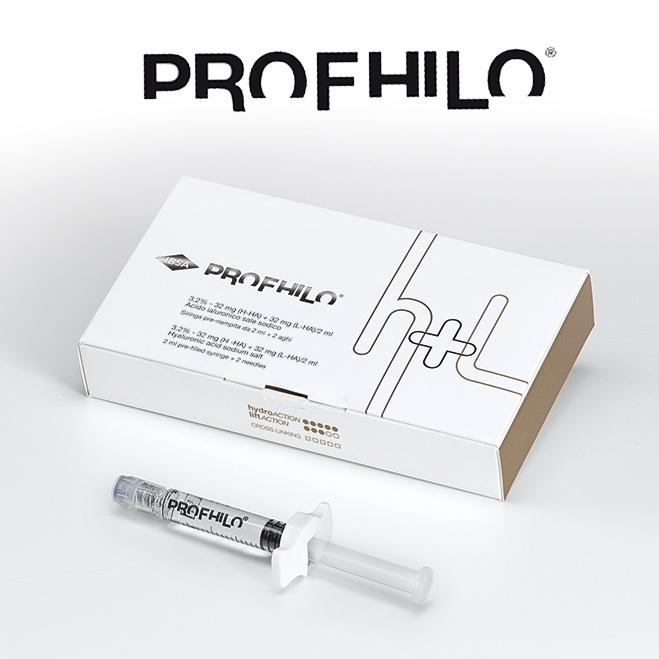
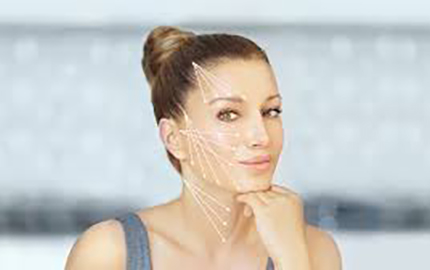
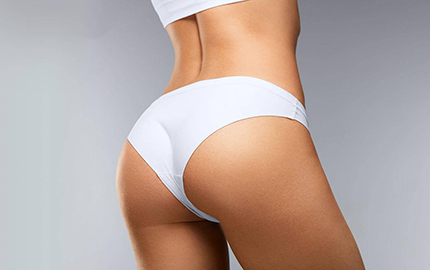

See what our clients say:
"Thank you, thank you, thank you! My self confidence is back. I can see and feel the difference."